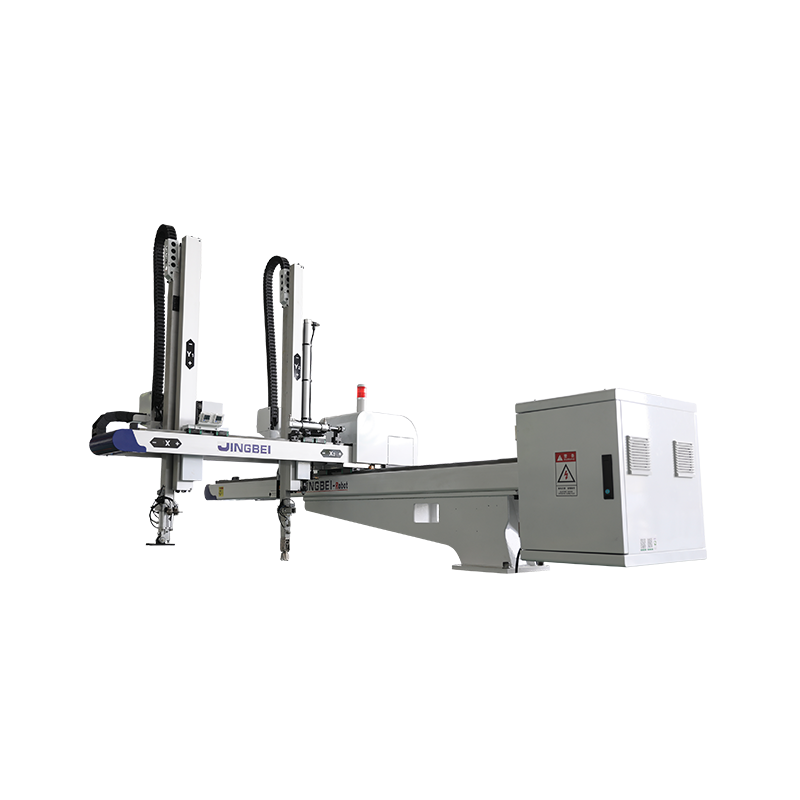

Check the following before power-on operation:
1) Whether the power supply voltage is appropriate (overvoltage may cause damage to the drive module); the +/- polarities of the DC input must not be wrongly connected, and whether the motor model or current setting value on the drive controller is appropriate (do not too large);
2) The control signal line should be connected firmly, and it is better to consider the shielding problem in the industrial site (such as using twisted pair);
3) Don't connect all the lines that need to be connected at the beginning, only connect to the most basic system, and then connect gradually after it runs well.
4) Be sure to figure out the grounding method, or use floating.

5) Closely observe the state of the motor within half an hour of starting operation, such as whether the movement is normal, the sound and temperature rise, and immediately stop and adjust if any problem is found.
When the stepper motor starts to run, it sometimes stops moving or moves back and forth in place, and sometimes loses steps during operation. What is the problem?
Generally, the following aspects should be considered for inspection:
1) Whether the motor torque is large enough to drive the load, so we generally recommend that users select a motor with a torque 50%~100% larger than the actual need when selecting models, because the stepping motor cannot be overloaded, even for an instant, it will Cause loss of step, stop or move irregularly in place in severe cases.
2) Whether the current of the input walking pulse from the upper controller is large enough (generally >10mA) to make the optocoupler turn on stably, and whether the input frequency is too high, so that it cannot be received, if the output circuit of the upper controller If it is a CMOS circuit, a CMOS input type driver should also be selected.